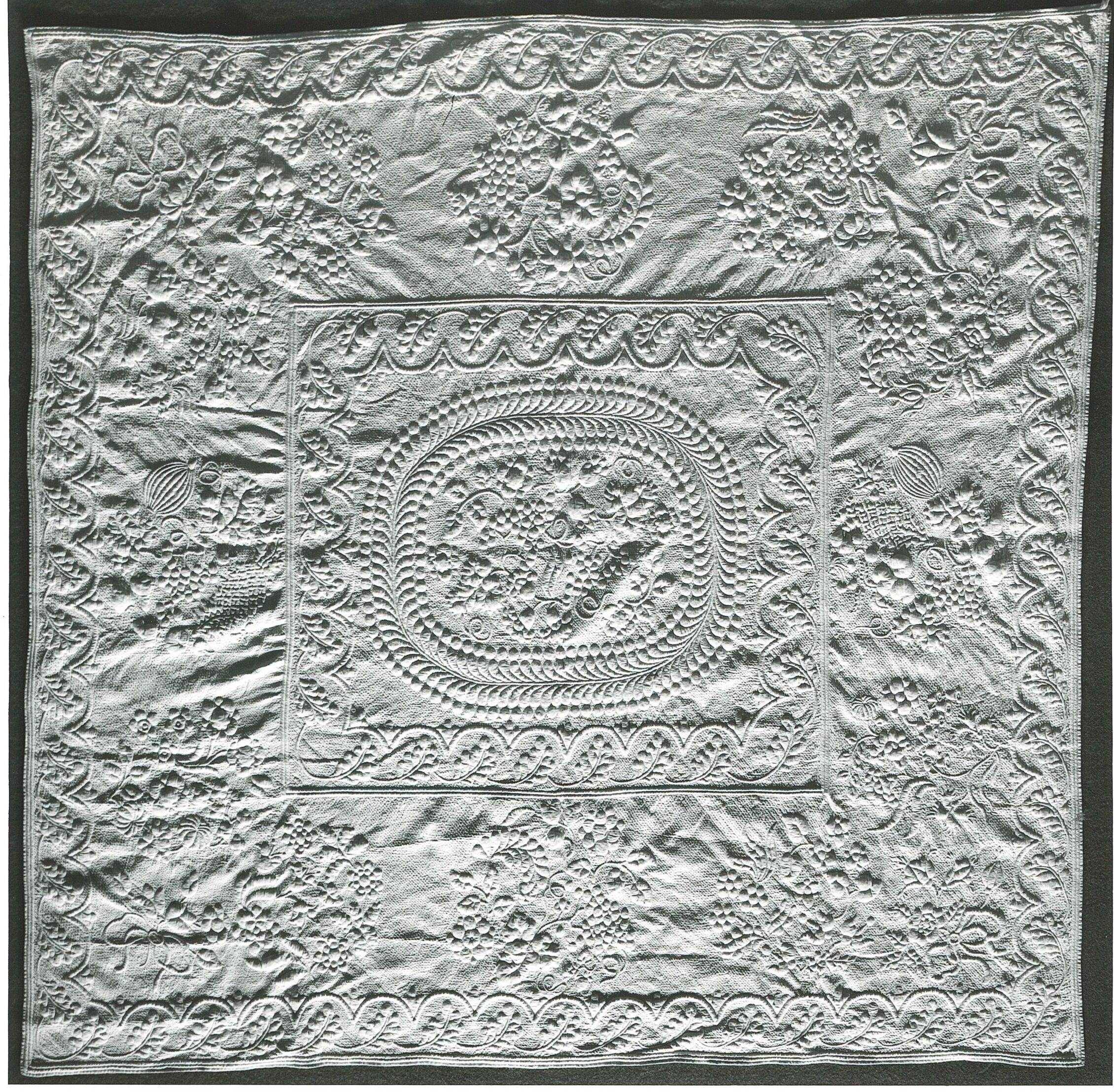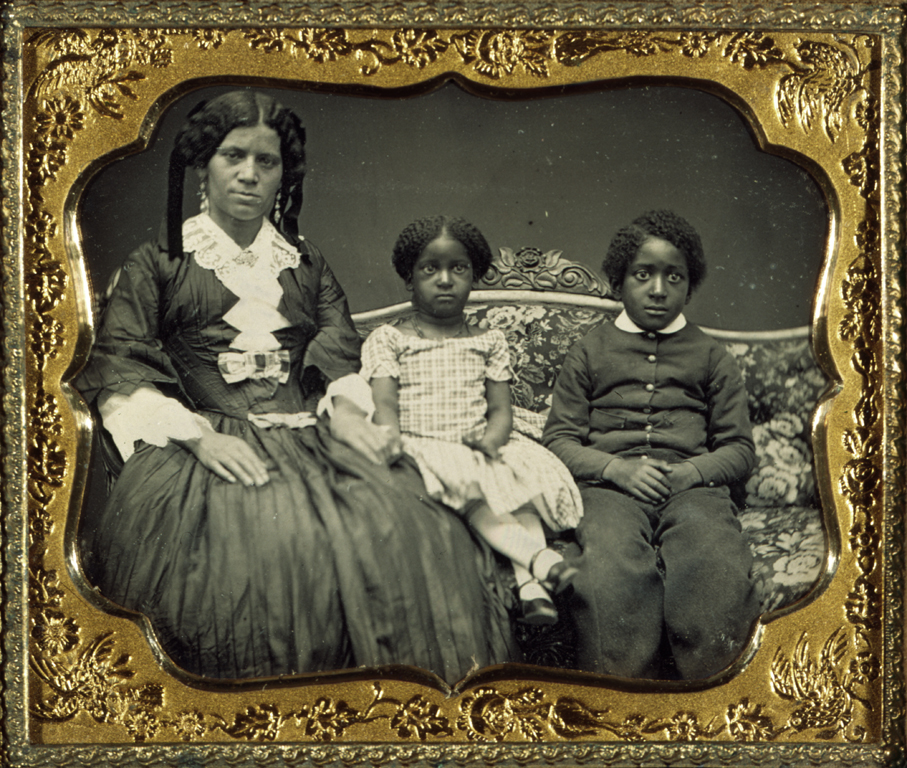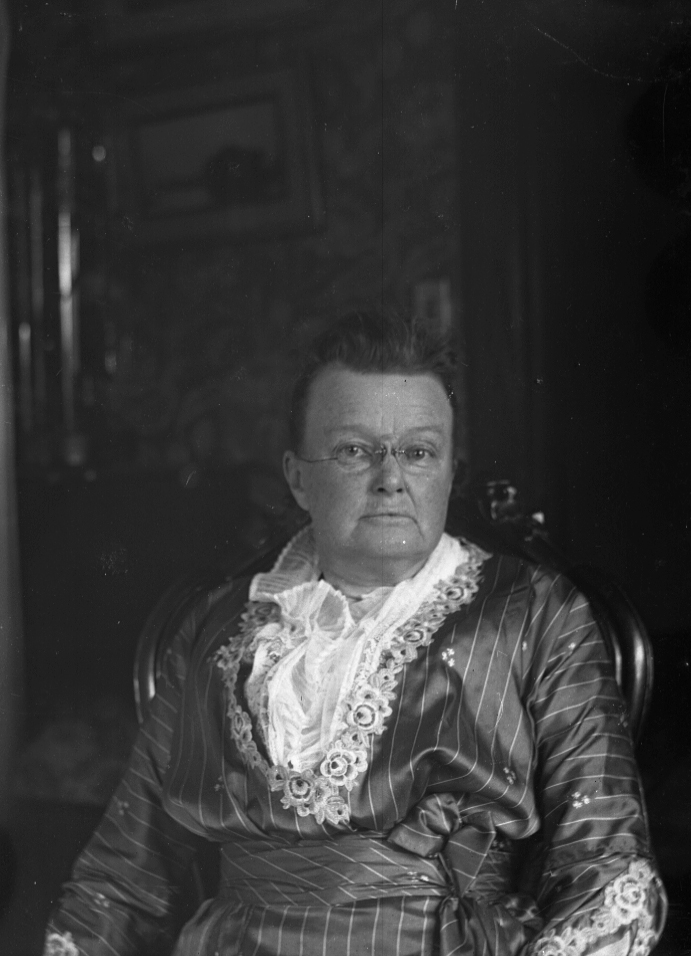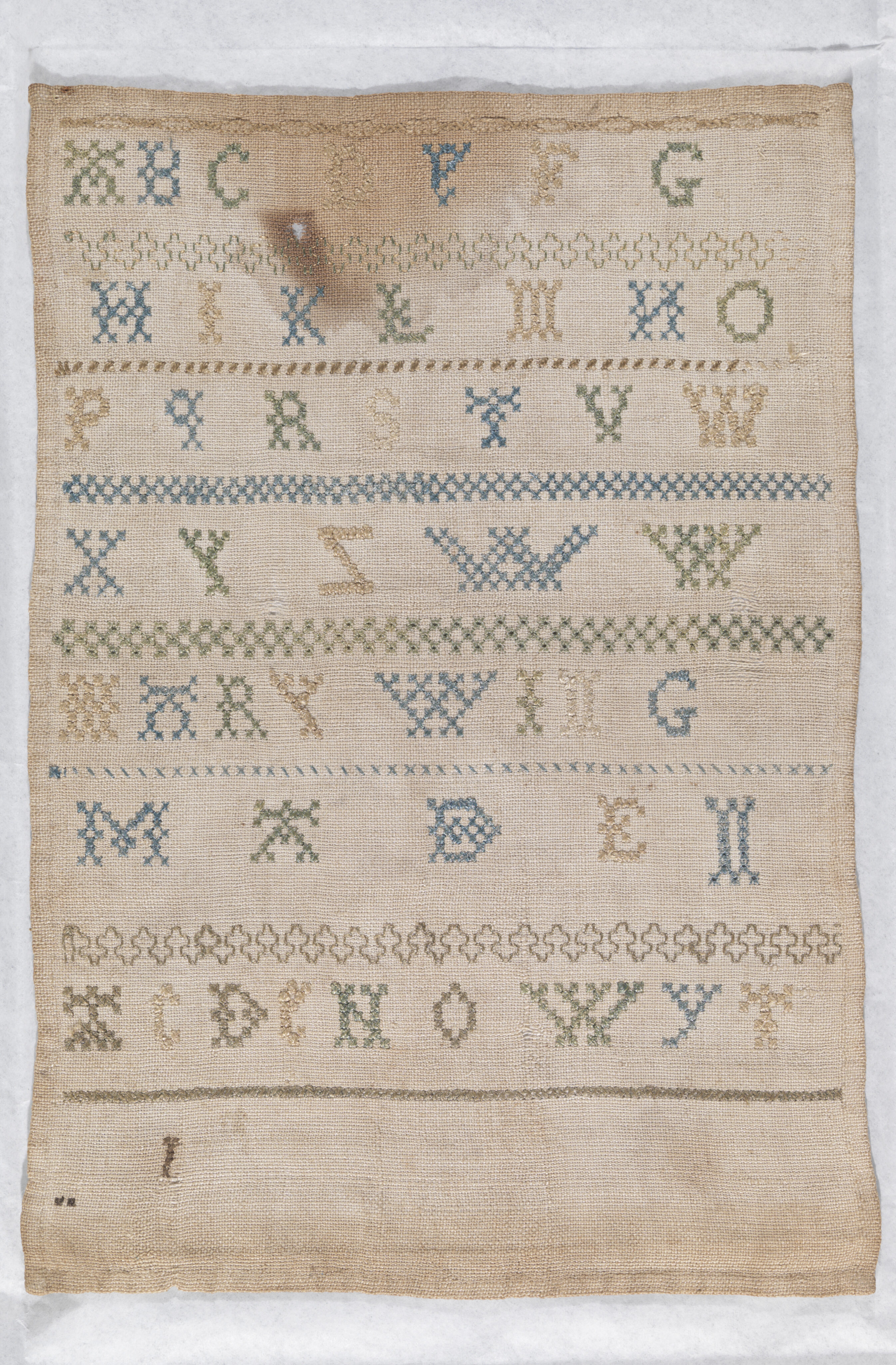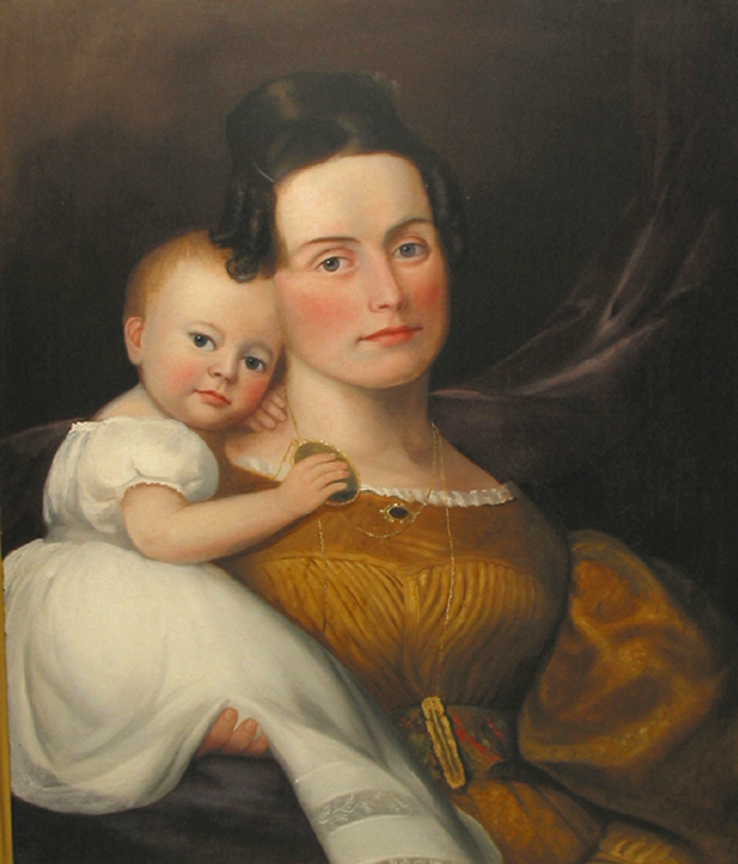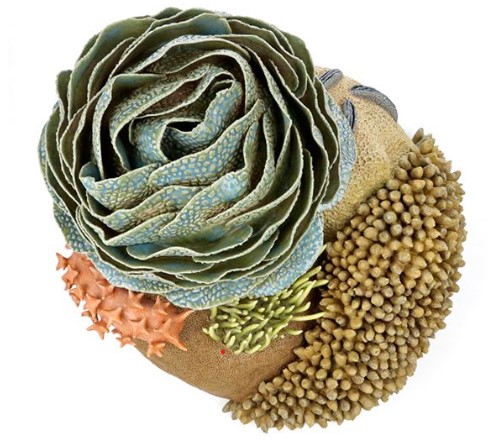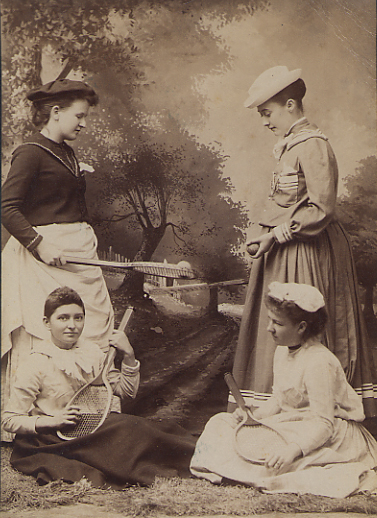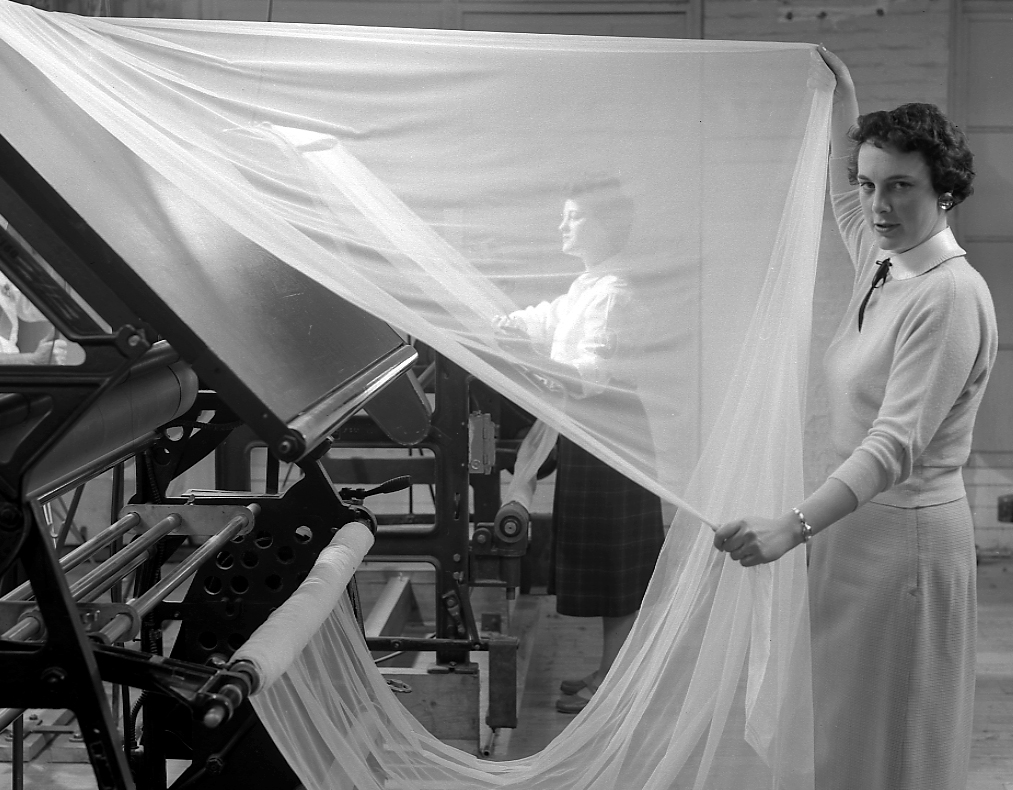Women’s Work: Her Lives, Loves, Labors
New Bedford Whaling Museum
Wattles Gallery
December 13, 2024 – May 25, 2025
Women have shaped the region of Old Dartmouth and its history since 1650. Their contributions to domestic and civic life, to education and public institutions, to the cultural fabric of New Bedford and its neighbors, and to the political and social environs of the area is immeasurable. Similarly, women have been integral to the history of the Old Dartmouth Historical Society, its collections, mission, and success. From Emily Bourne to Helen Ellis to Poe Adams, women’s contributions to the Museum over its 120-year history are incalculable. Yet, they are footnotes to the stories of William Tripp, Dick Kugler, and Henry Crapo. Lighting the Way, a museum-led public history project, published over 125 community-authored biographies of some of the significant women in the region online between 2018-2023. This special exhibition carries the LTW project forward and looks inward to the New Bedford Whaling Museum collection as it relates to women’s history.
The exhibition focuses on objects in the collection made by and for women, and shares their stories. A selection of portraits of women and girls in oil, photography, miniature, cut silhouette, and works on paper visualize the faces of regional women. Sections showcase objects that relate to girls’ childhood activities, including dolls and miniatures, as well as textiles, such as quilts, samplers, needlework, and clothing. Women’s auxiliaries, civic organizations, and benevolent and charity organizations all shaped the SouthCoast in the 1800s and 1900s; manuscript materials and photographs highlight activities of the YWCA, New Bedford Woman's Club, and ARAW. The exhibit advances this story by considering major movements, such as abolition, the Woman’s movement, suffrage, and civil rights, women’s involvement in the NAACP and NACWC, the leadership roles women took during WWI and WWII and in labor organizing activities, alongside pottery by the Saturday Evening Girls, postcards by Theodosia Potter Chase, and works by female Swain School graduates. This is carried through the 21st-century with consideration paid to second-wave feminism, contemporary women artists, and female civic leaders. Throughout, diverse stories cut across race, age, class, ability, ethnicity, immigration status, gender identity, and sexuality to demonstrate the unique and evolving experiences of women in this region between 1650 and today.
